Engineer Returns From Europe to Save 200 Acres of Nilgiris’ Ancient Shola Forests
For nine years, Tamil Nadu-based Godwin Vasanth Bosco has been working to save the Nilgiris in the Western Ghats. In his book 'Voice of a Sentient Highland', he unearths the real story behind the scenic blue mountains.
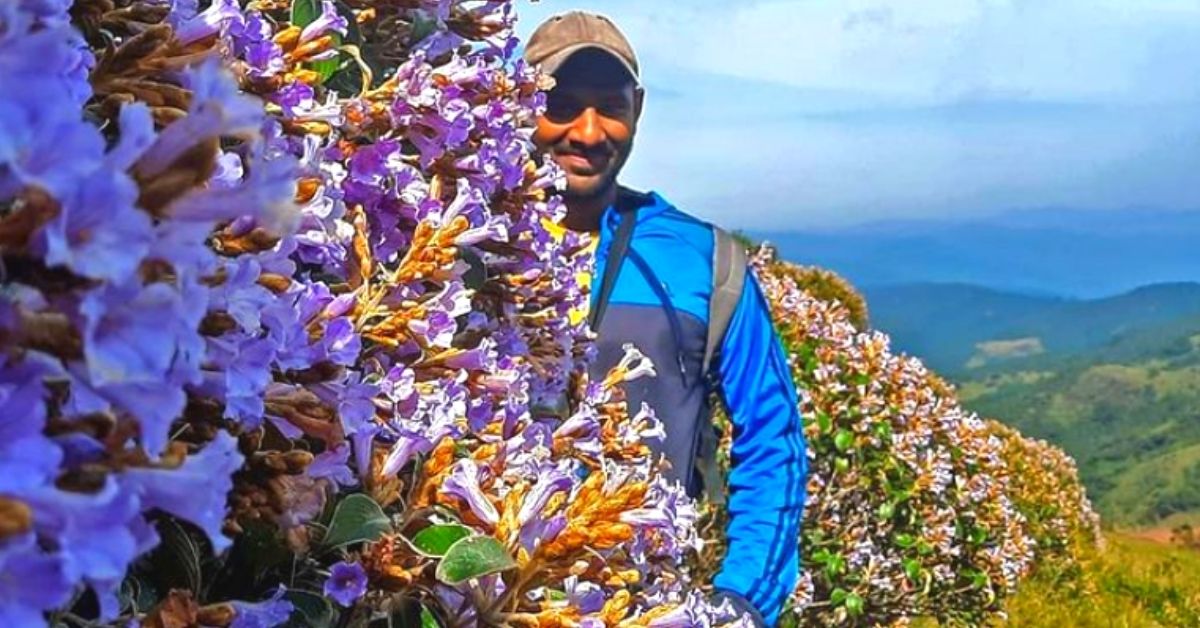
I remember being mesmerised by the picturesque mountain views in Sadma — the 1983 movie starring Sridevi and Kamal Hasan. The final scene was shot at the Ketti station in the Nilgiri Mountain Railway (NMR). From the iconic Chaiya Chaiya song from Dil Se (1998) to Priyanka Chopra’s ride on a cart scene in Barfi (2012), several Indian movies have been shot against the pristine backdrop of the Nilgiri Plateau.
Spread over 5,000 sq km of tableland, the Nilgiris are one of the most charismatic landscapes of the Western Ghats, 70 per cent of which are grasslands and the remaining are Shola forests.
While the majority of the world sees the green hills as a unique landscape for their beauty, tall tea estates and blue mountains, a harsh reality was hidden right beneath the surface for 200 years.
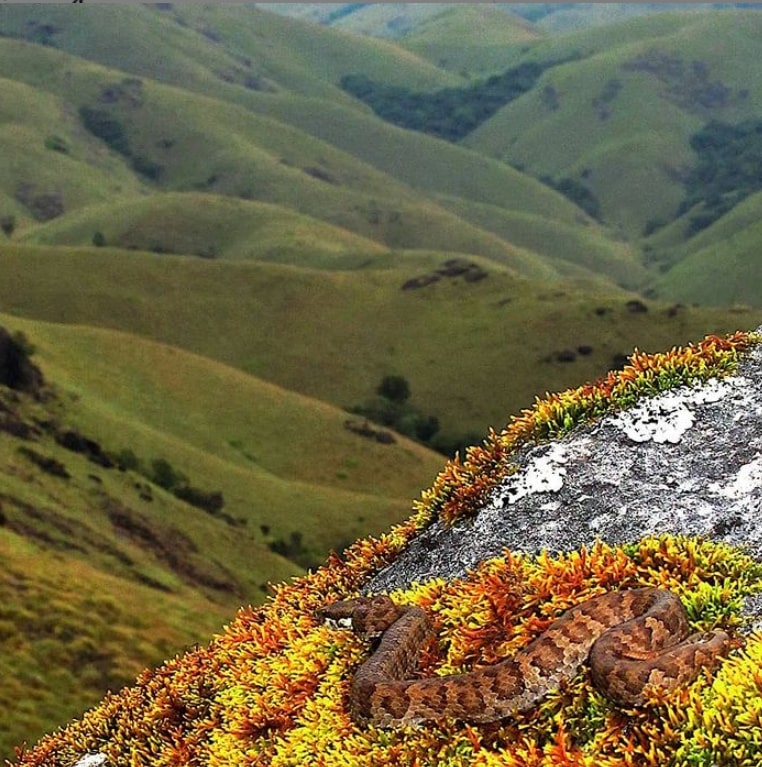
The photographic tea estates set up by the British Raj are the real reason behind the area’s dwindling ecology. They introduced crops like wattle, tea, eucalyptus and timber and wiped out the native grasslands. These invasive species disturbed the ecosystem of the region.
“Before the colonists came in, Niligiri grasslands played a crucial role in holding the soil together, keeping water clean and mountains intact. Grasslands were a source of fodder for the herbivores. There are around 100 exotic species (of which several are invasive) that overpowered 70 per cent of the plateau. This has led to man-animal conflicts, loss of nutrients and fertility, depleting groundwater, landslides and migration of indigenous communities like Toda. Infrastructural development, homestays, resorts have worsened the hydrology,” Godwin Vasanth Bosco, a restoration ecologist tells The Better India.
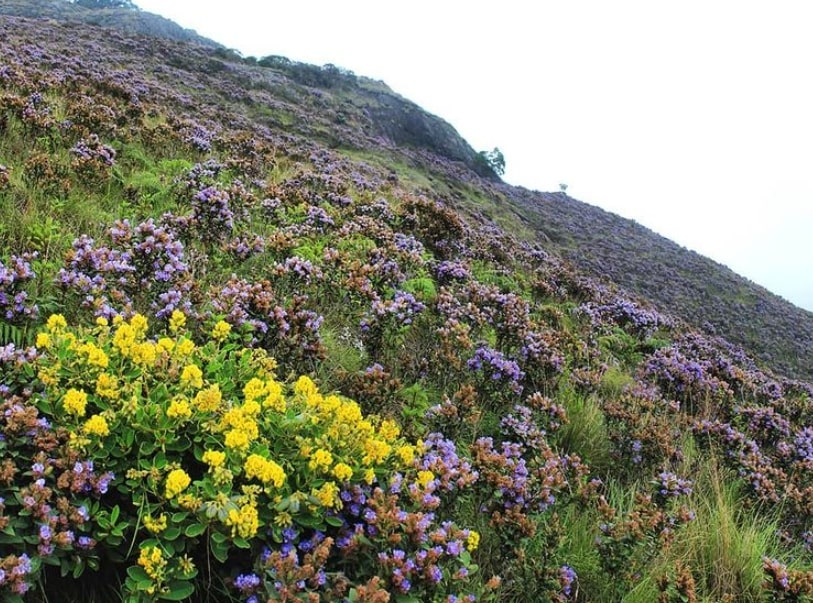
Bosco, an Environmental Engineer, has been striving to restore the plateau to its pristine condition by planting native species of plants and grass across hundreds of acres over the past decade. Through his organisation, Upstream Ecology, he runs a grassland nursery and works in collaboration with the government, farmers and educational institutions to plant them.
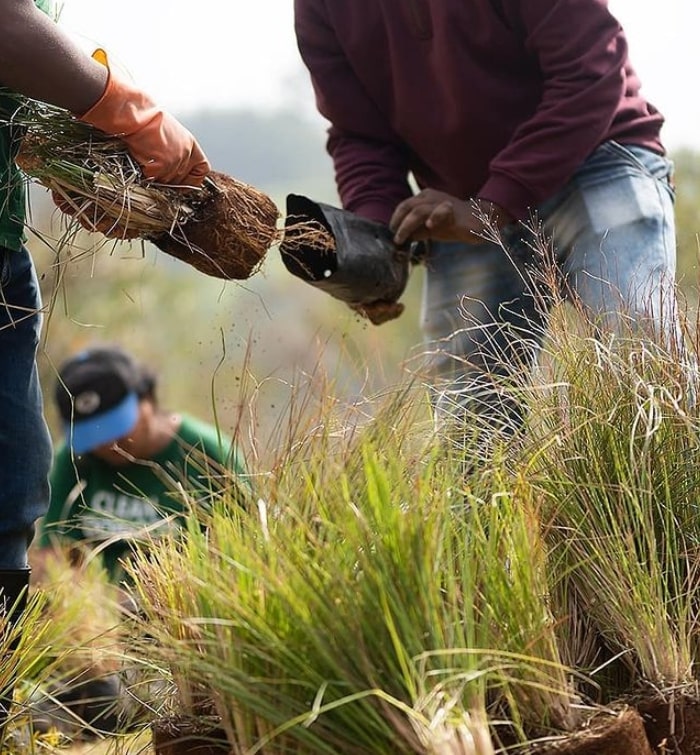
The 33-year-old does this by protecting the existing endangered species and planting new ones from his nursery. A native of the Nilgiris, Bosco was working in the alternative technology sector in Finland before he decided to regenerate the local species back home.
He grew up in a house that was nestled in luscious greenery, attended a school whose campus was filled with trees and ponds. This played a huge role in shaping Bosco’s attitude towards nature.
After returning to India in 2009, he underwent a programme at the Gurukula Botanical Sanctuary in Wayanad that pushed him to work for the Nilgiris. He has recorded years of research and his in-depth knowledge of the region in his book ‘Voice of a Sentient Highland (2019)’.

In the last nine years, Bosco has been working on 200 acres of the plateau, of which he claims to have planted native species of grass and forests in 70 to 100 acres. He shares the long and ongoing process that may not bring back the old glory of Nilgiris but will certainly prevent it from worsening.
Grasslands, Shola Forests & Wetlands

Bosco’s nursery in Udhagamandalam has 90 native species. These include several tussock endangered grass species like Chrysopogon nodulibarbis, Themeda tremula, Andropogon lividus, Dichanthium foulkesii, Ischaemum indicum, Eriochrysis rangacharii and Zenkeria elegans. The nursery also has Shola trees and native shrubs such as crotalaria, balsams and Strobilanthes.
“Each plantation project begins with a baseline study of the soil, landscape, topography, weather, water conditions, etc. Then the tussock grass species that can withstand the aggressive exotic plants is identified to establish a basal layer on the ground. After that native grassland shrubs and herbs are introduced,” explains Bosco.
Every one acre has 2,000 to 4,000 clusters of grass and each patch is monitored for a year. Every three months, Bosco and his team visit the site to remove the weeds.
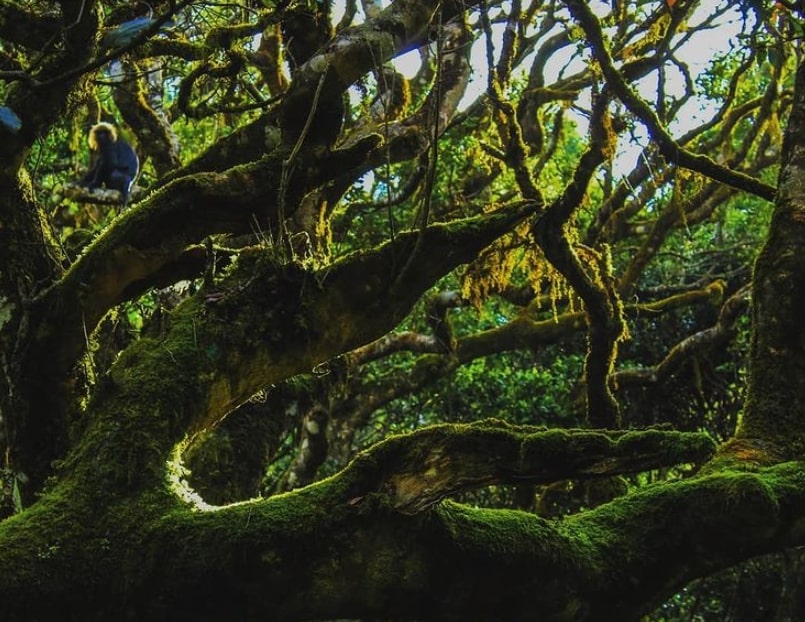
A similar process is followed to restore Shola forests, also known as ‘cloud’ forests. The stunted tropical montane forest is found only in South India and Sri Lanka. They draw moisture from the mist and retain cloud cover. They conserve the rainwater and water supply of the Nilgiri streams and release them throughout the year.
“A large clump of tussock grass, for instance, which can be several hundred years in age, could be capable of storing more carbon than an individual tree. In a healthy Shola-grassland mosaic watershed, regardless of the season, the rate of flow of water of a stream will remain more or less the same. The capacity to store water during the monsoon season and slowly release it at a steady rate, plays the primary role in keeping the major rivers that originate from here perennial,” says Bosco.

Upstream Ecology has identified over 98 Shola tree species and is in the process of regenerating them. The organisation makes tree guards from wattle (Acacia mearnsii) stumps and Broom (Cytisus scoparius) to protect Sholas from frosting, grazing animals or drying up.
Their first project was uprooting hundreds of tea bushes in a former tea estate in the Doddabetta mountain and planting 3,000 Shola trees in 2013. The region also houses the indigenous tribe of Toda.
“The Shola grassland forms a significant part of Toda’s cultural heritage. They worship the grass and then make temples from them. They use Eriochrysis rangacharii to build huts. Due to the decline of wetlands, this [grass] species is on the brink of extinction. We found the grass and regrew it in our nursery. This is an ongoing project,” he adds.

Due to Bosco’s continued efforts and support from the government and private entities, a visible impact can be seen with the influx of birds, butterflies, wild rabbits and insects. Increased awareness among the locals and farmers is another change.
He gives the example of Coonoor, a town in the Nilgiris that faces water shortages in summers. Due to urbanisation, the natural watersheds were damaged. He partnered with Clean Connor NGO to plant native tussock grasses in the Yedapalli region. “The locals said they got clearer water after the plantation and the water tables also increased,” says Bosco.
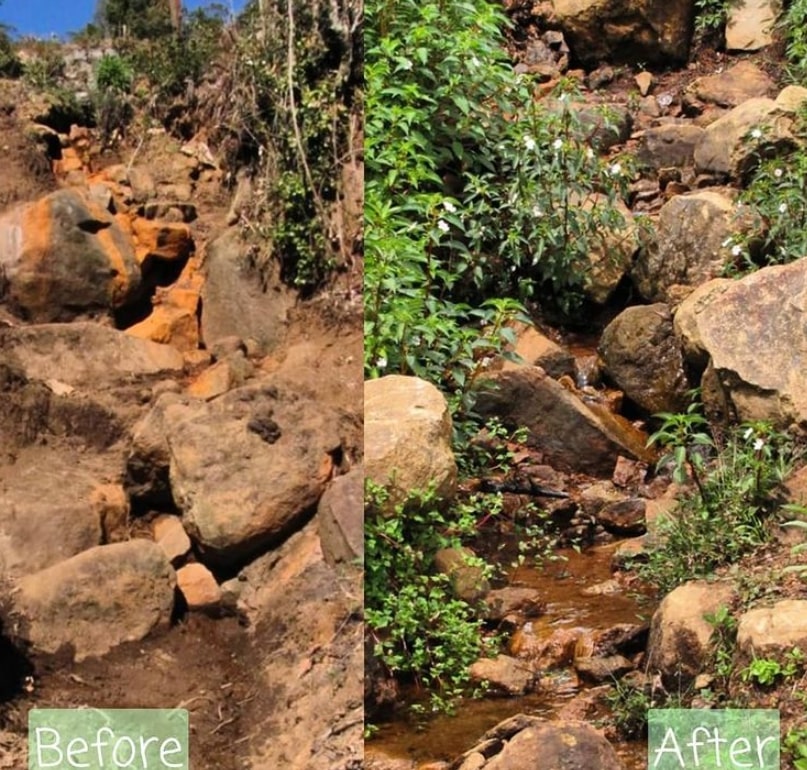
Keystone Foundation has been working towards the protection of the Nilgiri biosphere for the last 30 odd years. They have collaborated with Bosco on multiple occasions in terms of research and plantation drives.
Anita Varghese, Director of the foundation tells The Better India that restoration is not just about “planting a garden”. “It is more about bringing back the functions of the habitat. Since we predominantly work on wetlands that are linked to the grassland system, Bosco’s holistic approach provides us inputs and vice versa. From raising certain species to training gardeners, working together is helping make a larger impact.”
Bosco is presently chalking out a plan to rope in local farmers and convince them to cultivate native species in order to restore biodiversity.
‘The Real Story Behind The Nilgiris’
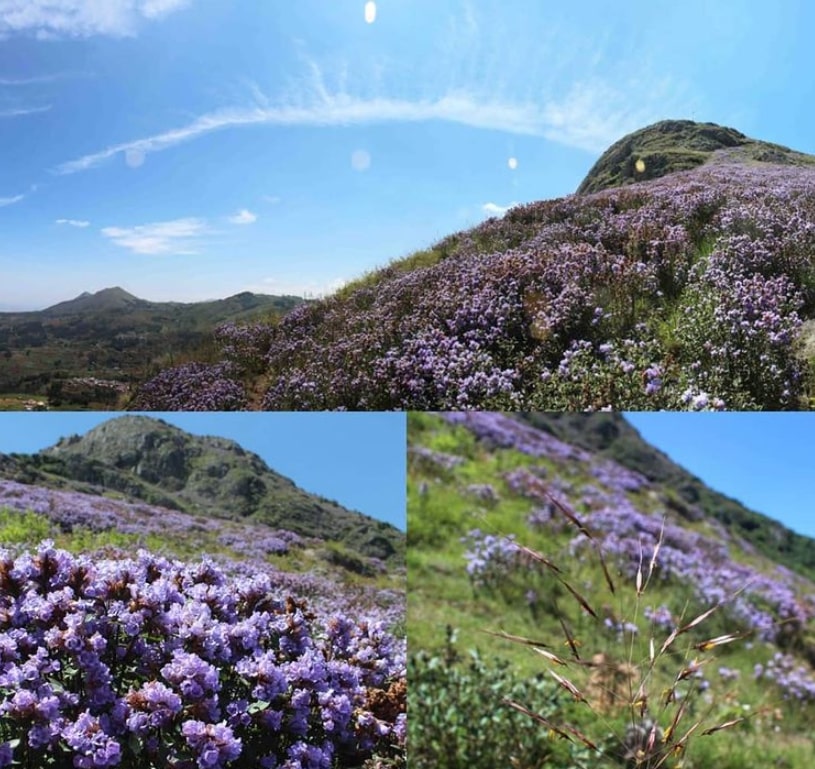
Bosco’s research and implementation has had its own share of challenges and on several occasions he contemplated quitting his research.
“I put in excruciating hours to learn about the landscape, indigenious communities, topographies and how land impacts climate. It took innumerable walks and documentation work to arrive at conclusions. While drawing them, I would reach a dead end or think this information is of no use. I had to collect evidence and data that shed light on sustainability, livelihoods and the fact that the local communities never harmed the land with their practices. I hope the studies will change perceptions from ground-level to the world. Through my book, I want people to know the real story behind the Nilgiris,” he adds.
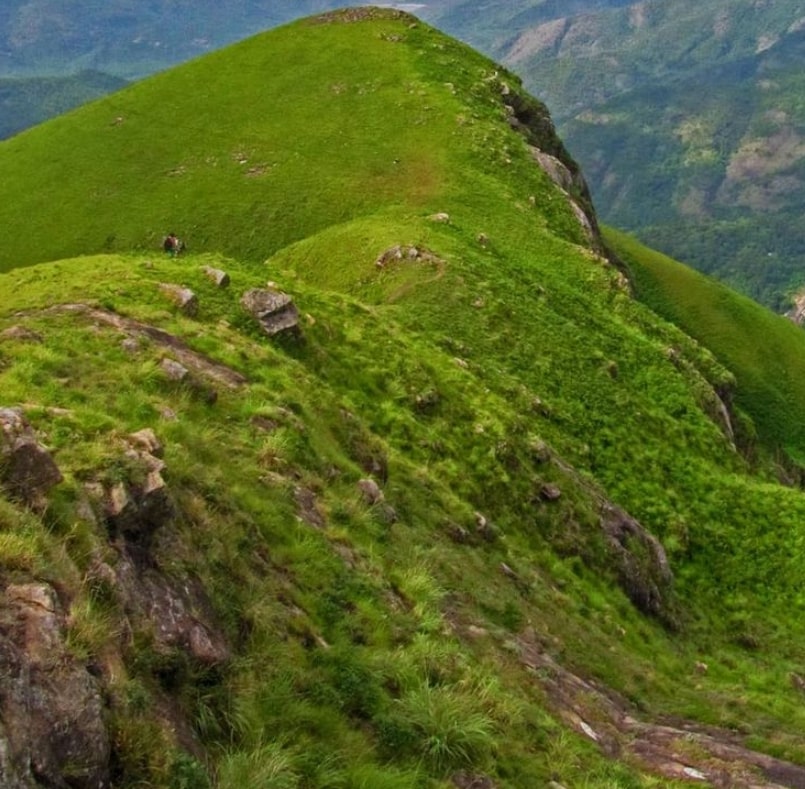
Interestingly, even after the book was published, Bosco felt something was amiss and he went on another tangent to explore the role of land on climate. He dug deeper and found an explanation behind the increased height of the Nilgiris. So, he rewrote some parts of his book and republished it.
“It was 2.5 billion years ago when elevation of the Nilgiris occurred and the next elevation was 90 million years ago when the Himalayas were forming. I found a scientific explanation as to why the Niligiris and other sister plateaus rose up precisely at 2,100 metres. You can know more about this in my book,” says Bosco.
Listen to Bosco’s song on the plight of Nilgiris here:
Get in touch with Bosco here.
Featured image source: Ganesh G
Edited by Yoshita Rao
This story made me
-
97
-
121
-
89
-
167
Tell Us More
We bring stories straight from the heart of India, to inspire millions and create a wave of impact. Our positive movement is growing bigger everyday, and we would love for you to join it.
Please contribute whatever you can, every little penny helps our team in bringing you more stories that support dreams and spread hope.



















